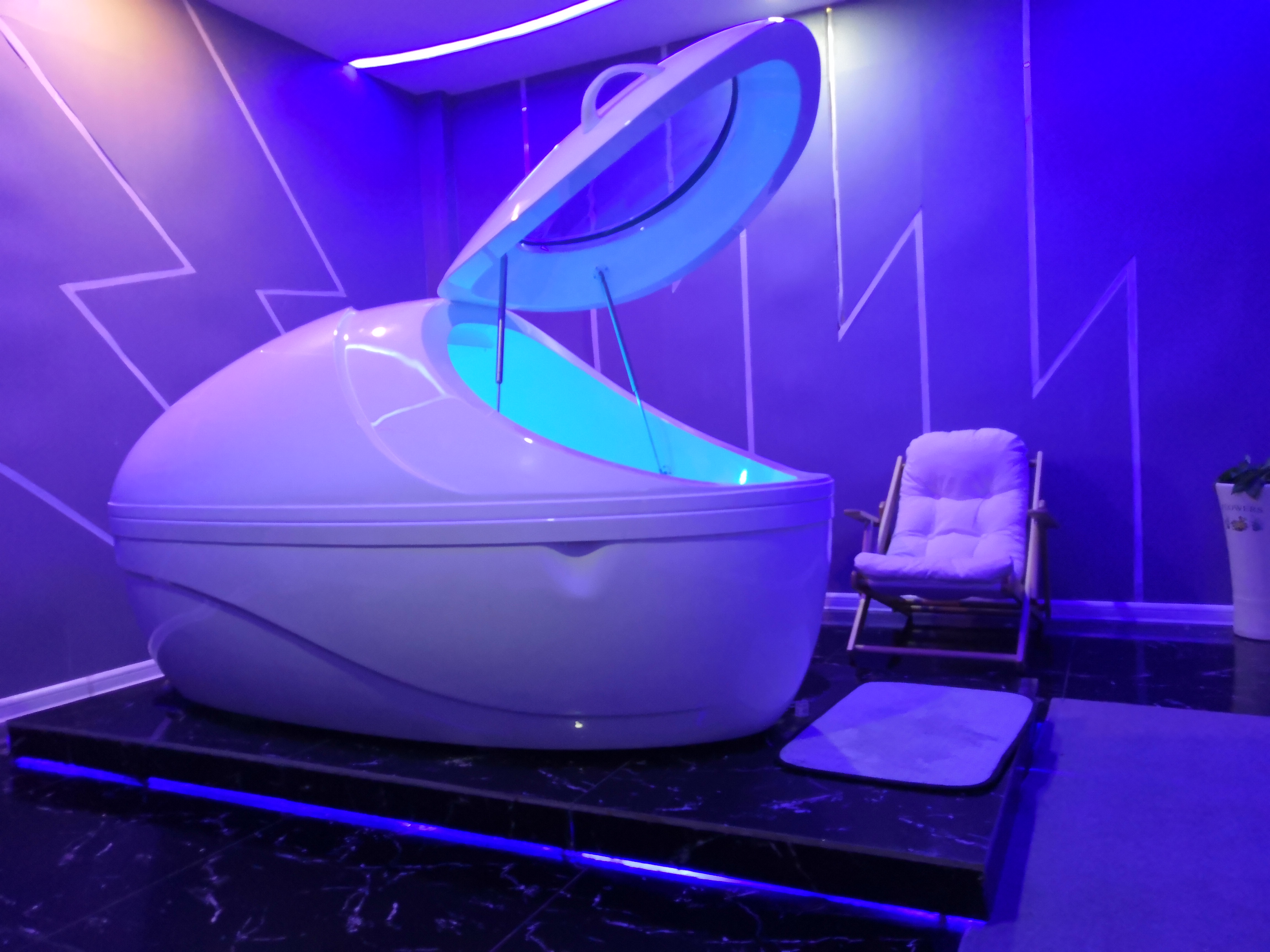It is critical to understand the distinction between opioids and over-the-counter medications. There aren’t many significant health risks when people use over-the-counter medications to relieve pain. Advil, Tylenol, and Ibuprofen are generally safe to use in moderation if you are looking for immediate relief after a minor injury.
However, prescription-strength medications may be issued if you are in severe pain as a result of a more serious injury or condition. Opioids are the most commonly prescribed pain relievers in the United States. Despite their commonplaceness, they contain some shockingly harmful facts:
Opioids are a highly addictive substance and are the most commonly abused prescription medication.
Opioids are a highly dangerous class of substances. Heroin is among the opioid category, as well as prescription pain relievers like oxycodone, hydrocodone, morphine, and more.
More than 2 million people in the United States become addicted to pain medication every year, many of the medications being opioids.
About a quarter of heroin addicts began their addiction through prescription opioid dependency.
While disturbing, these facts cannot be ignored. They paint a bleak picture of prescription pain medication use in the United States, which experts believe has reached epidemic proportions.
You don’t have to have a history of addiction to become addicted to opioids; in fact, many people who become addicted have never had a history of drug dependency. Physical therapy, fortunately, can help provide the same pain relief in a much safer, healthier, and natural way.
The difference between PT and opioids
You can say “no” to opioids with the help of physical therapy. Chronic pain can make you curl up in bed and turn to opioids for pain management. It’s important to note that physical therapy can be implemented to treat all types of neuropathic pain and musculoskeletal pain. It can help alleviate pain due to osteoarthritis, fibromyalgia, rheumatoid arthritis, neuropathic pain, headaches and more.
A physical therapist utilizes a number of different pain management methods, such as deep tissue massage, manipulation of bones, manual therapy, cold laser therapy, microcurrent stimulation, movement therapy and exercise. Exercise may involve walking on a treadmill or specific exercises to strengthen the muscles.
Keep in mind that just 30 minutes of exercise a day will help you with pain management. The exercise plan that a physical therapist will devise for you will be focused on strengthening the muscles, increasing endurance, developing more flexibility in the joints and muscles, and creating stability in the joints. A physical therapist uses the fundamental sciences of biomechanics, pathology and kinesiology to formulate a specific exercise treatment plan for patients.
Physical therapy is a multi-pronged approach to lessening pain. With exercise, massage and manipulation, the body is encouraged to produce natural pain-relieving chemicals and to heal itself. Both tissue and bone will remodel with physical therapy.
Deep tissue massage enhances oxygen and nutrients to travel to the affected area. Cold laser therapy is used to lessen pain, reduce inflammation and release endorphins. Microcurrent stimulation emits alpha waves to increase dopamine and serotonin to alleviate pain naturally. A physical therapist will work closely with you and your doctor to find an effective treatment plan for your pain.
How will physical therapy help me?
Physical therapy aims to improve function and reduce pain. To help reduce pain, both active and passive modalities are used.
Physical therapy can help you avoid unnecessary surgery and the risk of developing an opioid addiction. Because of this, physical therapy is frequently the first point of contact in the healthcare system for pain management.
Pain education is an essential part of physical therapy intervention. A physical therapist will educate you on the source of your pain and provide you with advice on how to manage your daily activities to reduce or eliminate pain.
Overall, physical therapy is a much safer alternative to opioids. If you’re in pain, avoid opioids and instead opt for physical therapy.

